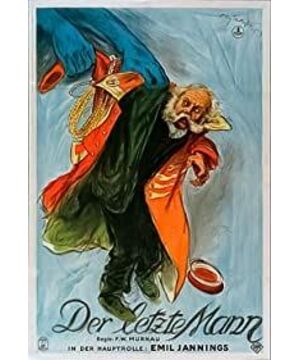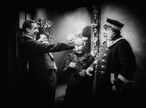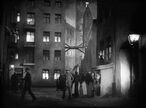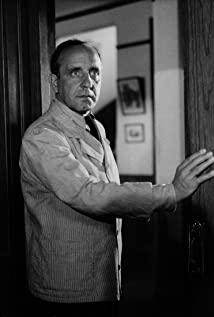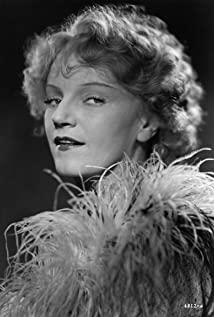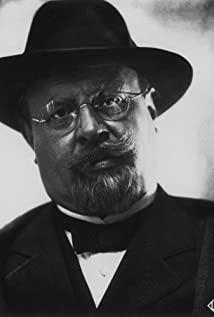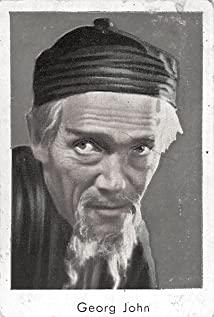First make a brief comment, and then analyze the whole film frame by frame.
As an avant-garde indoor drama, the film uses multiple and compound three-dimensional motions for scene scheduling. The front, middle and back scenes of the screen are highly divided to form visual overlapping and concise and precise movements to balance the relative stability and monotony of the indoor drama. Space, and highlight people from the static environment.
Using a combination of soft light and high contrast, the former expresses the character's demeanor and some special moments, while the latter highlights the objectivity of the picture.
The motif of the uniform, combined with the opening caption, refers to everyone from the emperor to the individual, talking about the identity of maintaining the realization of essential power, the identification of self-worth, and the positioning of social relations, and can also be extended to represent authority, dignity and dignity. Symbol of status. On the basis of this understanding, the status brought by the male protagonist's uniform is only an expression of playful social imagination, rather than the status that he truly enjoys, which further adds to the tragic nature of the film.
In terms of image creation, while expressing the love and dedication of the old door boy, he portrayed him with his head held up and even a little overbearing proud, similar to the "old gun" image of good people and petty citizens. He intends to express the feeling of the emperor in ordering the little waiter and the respect of other proletarians. The method of configuring the uniform as the imperial robe is a representational expression of the motif's metaphor in a balance with diligence and dedication.
In the narrative, there is a career line on one side and a family line on the other. The two shield each other and set off each other, just like the tortuous development curve of two silk threads that sometimes conceal the tension while rotating.
The body posture with a big belly and excessive strutting gives a comical image of psychological expansion, which contrasts with the frustrated expression of the new doorman when he takes office.
The frame of the frame here separates the psychological space, the state of suspension and work, and forms a contrast. The door fence in the foreground forms a repressed visual expression of the proud identity that the old doorman relies on to maintain.
The superimposition here firstly shows that the subjective impact brought by the sudden news relieves the inner shock, and secondly, it provides convenience and smoothness for further narration across the gate.
In the first quarter, the first real trance was in the words "old".
A montage of contrast between the fast and neat movements of the new doorman and the old and weakened doorman.
Both the dropping of the button and the forced removal of the uniform pointed to the meaning of loss of identity, and later showed that this was a relatively obscure foreshadowing.
Looking back at the uniform that was hung up, the background narrowed, and the background showed that the male protagonist had not moved. The closeness of this distance is the lingering in the heart and the yearning for things that have been lost.
The down-and-out male protagonist becomes slow and rickety, without the pride and confidence of the past
On the one hand, the new doorman, as the action sender, directs the traffic in front of the door, on the other hand, the male protagonist, as the receiver of the action, is completely concealed by the cleaning tools.
In the compound movement, the male protagonist, who was led by the female workers to the depths and accepted the rags horizontally, went downstairs, which also signified the decline in status.
The cowardly and sneaky appearance of the protagonist, combined with the previous reluctant narrative about the uniform, indicates that the act of stealing the uniform may be about to happen.
The subjective and subjective perspective of the night watchman is one of the important characteristics of indoor drama.
The actor who stole the success is still unable to accept the shock of "the sky is falling" in reality and rationality, or a relationship of power inversion, because the leaning building is the hotel where he works.
When wearing the stolen uniform here, it showed a hideous expression. It cannot be said that it has nothing to do with the inner distortion and pain of the German nation after the defeat of the First World War.
On the other hand, everyone in the joyous and carefree wedding has long been welcoming him. However, the shadow that first appeared shows that his inner pain has already extended to this tragic occasion in the future.
The wonderful part is that the daughter can believe that the father's anxiety and abnormality stems from the special scene of the marriage, and the pain of covering up the male protagonist's individuality adds a layer of tulle.
This implies the family's psychological resolution of the crisis. There is the stretching power to relieve the pain, and there is also the struggling to avoid the pain and force a smile, and Hollywood often only expresses the former.
The atmosphere of the congratulatory crowd has infected the hero, which highlights the concentrated nature of the indoor drama.
Although he hesitated for a while.
After the birds and beasts disperse, the protagonist entertains himself by drunkenness, and the hanging paintings in the background represent the coercive force of reason and consciousness, a force that forces him to return to reality still exists.
The spatial extension of the trumpet sound played by the drunk guests is visually expressed by pulling apart.
The protagonist looks at the subjective lens outside the window
Subjective shots swaying to music
The trance of the horn has been deeply expressed in consciousness, because he is not watching.
In the next dream, he exaggerated the essential power.
And use trance to describe dreams.
This impossible feat that was exposed to the crowd to win admiration and admiration, combined with the protagonist's dilemma of losing his status, is an accurate Freud expression.
Dreaming wakes up through the soft light of the continuation of the dream, and the trance of neighbors. After waking up from the dream, a set of objective lens groups are used to restore the real ecology as the narrative context.
By the middle of the film, there was no contradictory performance. The carnival the previous night was a reasonable and dramatic delay.
The missing button became another expression of the motif of the loss of identity, making him somewhat aware of the strangeness, but the drunkenness still made him drowsy
View more about The Last Laugh reviews


